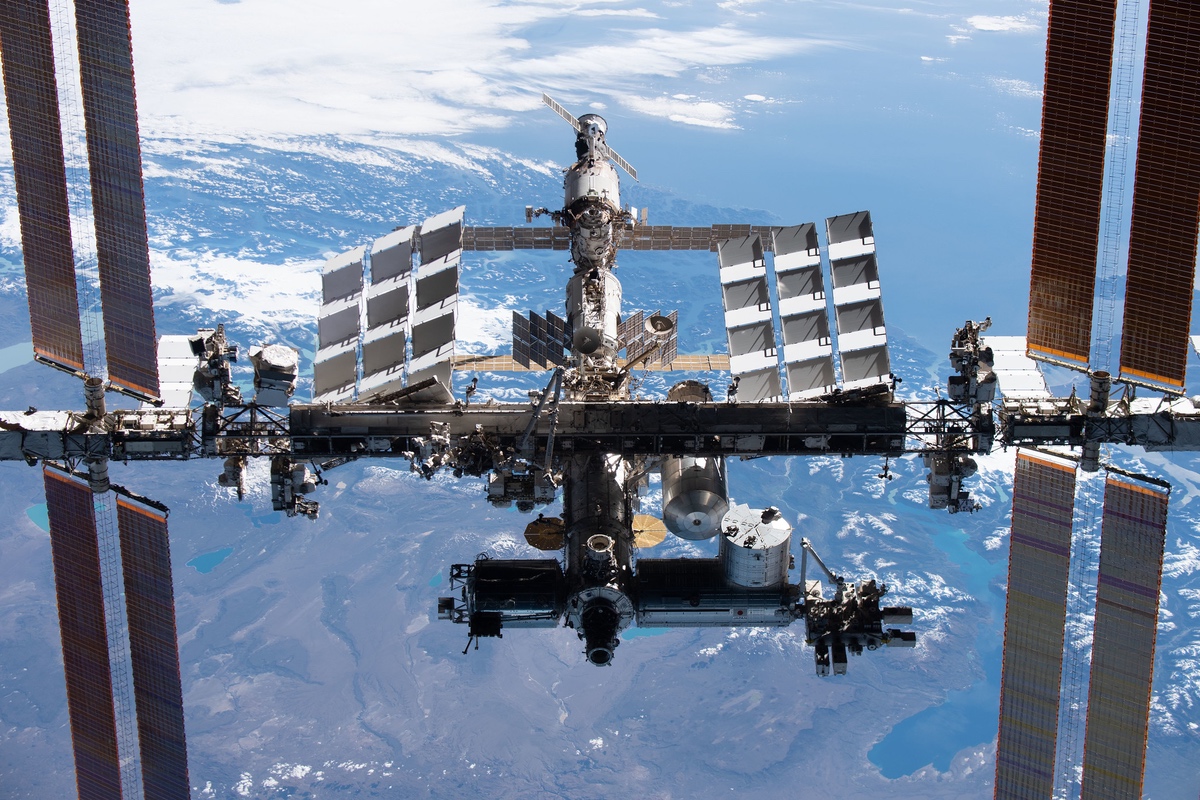Understood we are just speculating, but if that is the situation it seems potentially very serious.
Nah. They're not on a submarine. It's a 1 bar pressure differential. It's not that different from an airliner which runs at about a 0.5 bar differential, and those constantly leak cabin air without blowing out a panel or anything dramatic. Airliners have a single wall hull of 3mm while the Destiny module has a double wall hull of 3mm each (with a thick layer of insulation between). I couldn't find information on Zvezda.






